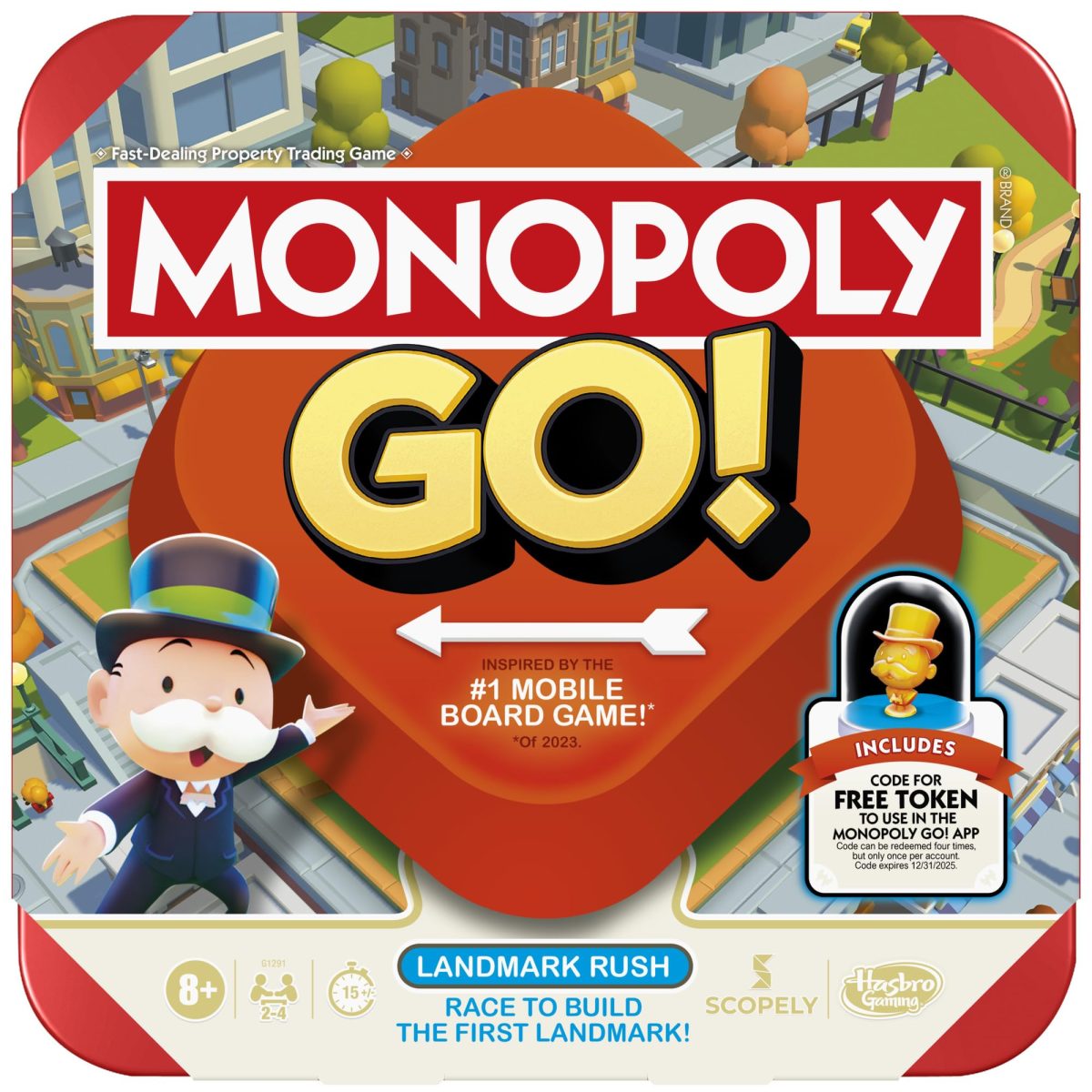In winning reelection, Barack Obama won 60 percent of the vote among those younger than 30. That was down somewhat from 2008, when Obama won nearly two-thirds (66 percent) of the votes of young people. However, Obama’s youth support may have been an even more important factor in his victory this year than it was in 2008.
The divide between young voters and older voters was as stark this year as it was in 2008. While Obama lost ground among voters younger than 30, he still won this age group by 24 points over Mitt Romney (60 percent to 36 percent). He also maintained a slimmer advantage among voters 30 to 44 (52 percent Obama, 45 percent Romney), while losing ground among those 45 to 64 and those 65 and older.
Among all voters 30 and older, Obama ran behind Mitt Romney (48 percent for Obama, 50 percent for Romney). Four years ago, Obama edged John McCain, 50 to 49, among all 30+ voters.
In Florida, Ohio, Virginia and Pennsylvania, Obama also failed to win a majority of voters 30 and older. Yet he swept all four battleground states, in part because he won majorities of 60 percent or more among young voters.
Just as critically, young people made up as large a share of the overall electorate as they did in 2008, according to the national exit poll (19 percent in 2012, 18 percent in 2008). As recently as September, young voters were significantly less engaged in the campaign than they had been four years earlier. But their interest and engagement levels increased in the campaign’s final weeks. In the Pew Research Center’s final pre-election survey, as many registered voters under 30 said they were giving a lot of thought to the election as did so in the last weekend of the 2008 race.
Obama’s support among young voters declined among many of the same subgroups in the overall electorate in which he lost ground, particularly whites, men and independents. Obama won a majority of white non-Hispanics under 30 in 2008, but lost this group to Romney this year. In contrast, Obama won young African Americans and Hispanics by margins that were about as large as in 2008.
His losses among young voters since 2008 might have been even greater, but for the fact that the under 30s are by far the most racially and ethnically diverse age group. Just 58 percent are white non-Hispanic, compared with 76 percent of voters older than 30. A recent report by Pew Social and Demographic Trends found that minorities are on track to become a majority of the overall population by 2050.
Young voters continue to identify with the Democratic Party at relatively high levels and express more liberal attitudes on a range of issues – from gay marriage to the role of the federal government – than do older voters. In fact, voters under 30 were as likely to identify as Democrats in the 2012 exit poll as they had been in 2008 (44 percent now, 45 percent then). And they are the only age group in which a majority said that the government should do more to solve problems.
The last two presidential elections have had the widest gaps in voting between young and old of any election since 1972. This year, 60 percent of those under 30 backed Obama, compared with just 48% of those 30 and older; in 2008, the gap was 16 points (66 percent of under 30 supported Obama vs. 50 percent of those 30 and older).
This year’s 12-point difference between old and young this year was identical to the gap in 1972, when 46 percent of voters 18-29 supported George McGovern compared with just 34 percent of those 30 and older.
As Pew Research observed a year ago in The Generation Gap and the 2012 Election there were only modest generational differences in presidential vote preferences between 1976 and 2004.








